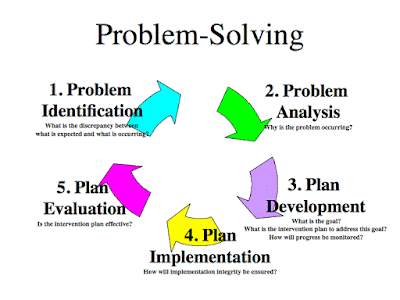Wow that was insane!
So many tweets, retweets, and favorites going on in one hour. We just completed the first ever #TeachAgChat
hosted by 2016 pre-service ag. teachers!
Leading up to the chat it was a bit overwhelming at first. There were so many platforms to promote our
chat on and preparation to have a successful chat. Now reflecting on it there was so much good
leading up to our chat and the anxiety and fear of the unknown is over. So here are a few things from our national
#TeachAgChat I took away.
1. Preparation
is more than half the battle. Doing this
assignment with a group made completing tasks ten times easier. Having a google doc. and meeting regularly to
talk about logistics benefited greatly to the success of our chat.
2. Promote
heavily! Promoting your chat will pay
great dividends. We actually used
Hootsuite and it automatically pushed out tweets promoting our chat daily. I noticed that this was a very successful
means of enticing people to engage in our chat.
3. Having
multiple devices is beneficial. If you
can use a laptop and your phone while facilitating the chat it can make things
easier. Along with that use tweetdeck to
follow what people are tweeting about and use twitter only to send out tweets.
4. Make
sure your questions are clear and fit the character requirement. Twitter is a powerful tool with a character
limit you can only share what you find truly fascinating about something.
5. HAVE
FUN WITH IT! With our preparation the
night of the chat was a piece of cake. A
little music, some snacks, and great company for a meaningful chat made for all
the difference.
I hope you were able to take away something that was
successful from my #TeachAgChat. If you
were unable to attend ours for the next couple of weeks every Thursday at 8pm
EST there will be a new #TeachAgChat topic.



